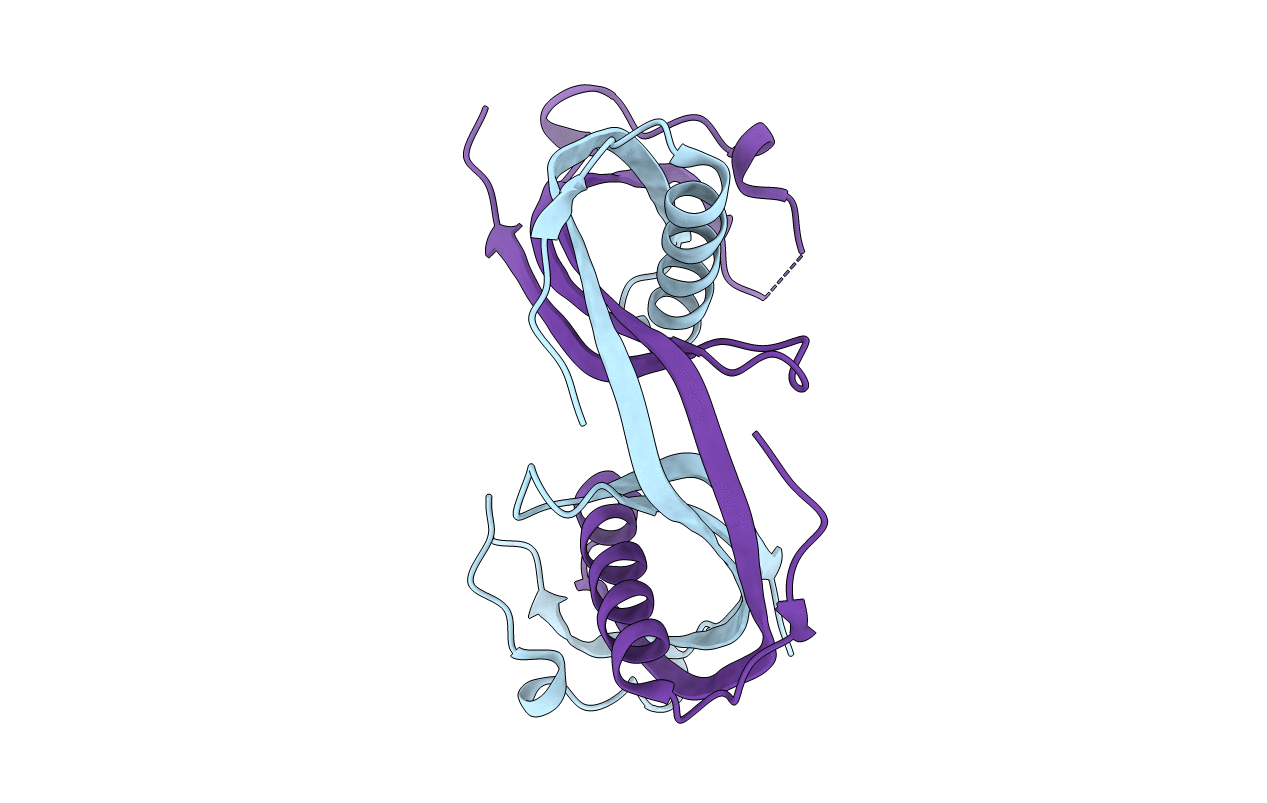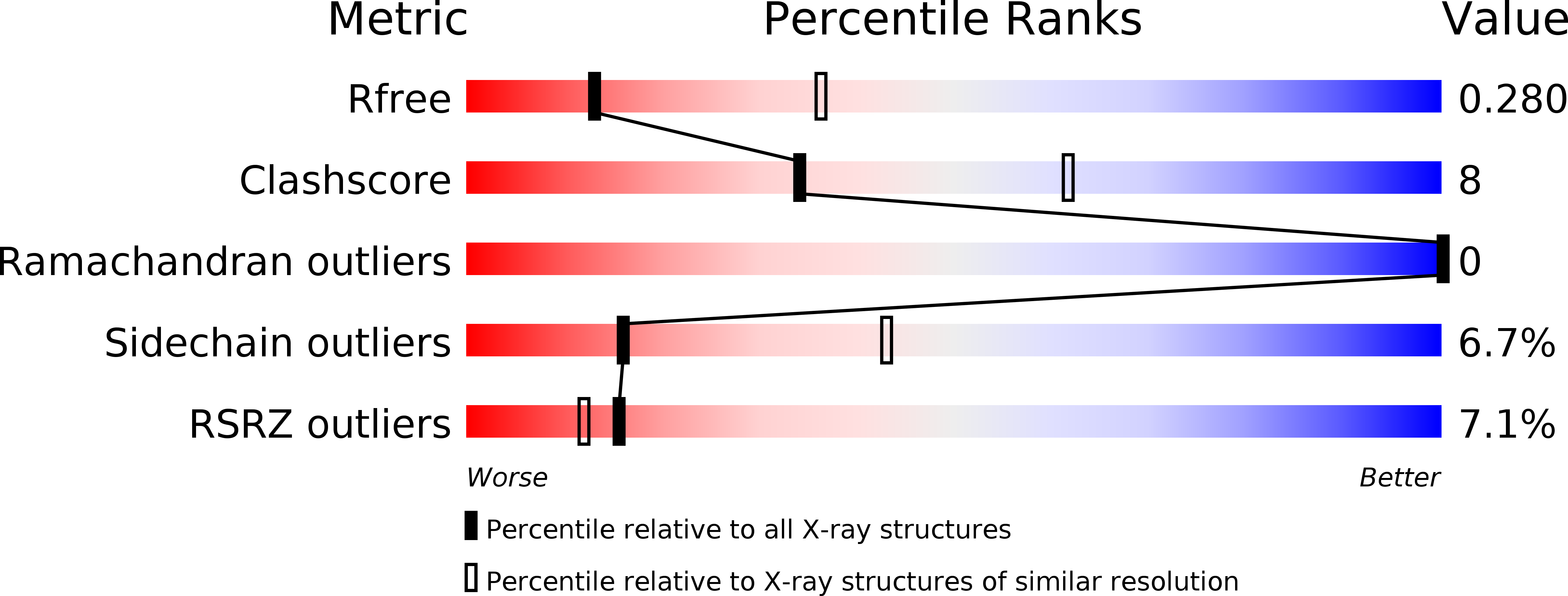
Deposition Date
2018-01-23
Release Date
2018-07-11
Last Version Date
2024-10-16
Method Details:
Experimental Method:
Resolution:
2.90 Å
R-Value Free:
0.27
R-Value Work:
0.26
R-Value Observed:
0.26
Space Group:
P 2 2 21


